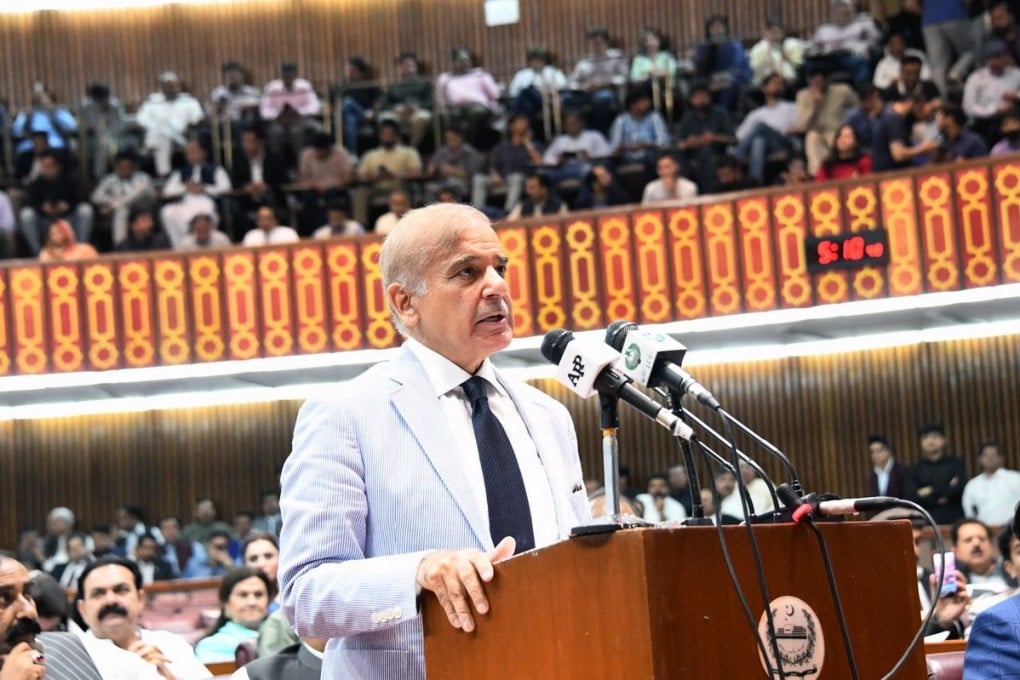Explainer | Why is Pakistan’s new PM Shehbaz Sharif so keen to accelerate the CPEC with Beijing?
- Sharif played a key role in setting up some infrastructure projects in the CPEC’s initial stages, and resuming work on the scheme will be like a ‘homecoming’, an analyst says
- But as Pakistan eyes expanding the pact to Afghanistan and Iran, there are concerns by the US and India that Beijing may use the CPEC to deepen its military ties with Islamabad, observers say

It was no coincidence that a Chinese embassy delegation was among the first callers on Sharif when he started work on Tuesday.
Beijing’s showcase Belt and Road Initiative infrastructure programme was personally announced by President Xi Jinping when he visited Islamabad in April 2015.
At the time, Zhao Lijian, now famed as a hawkish spokesman of the Chinese foreign ministry, was the deputy chief of mission at the Chinese embassy in Islamabad.
Zhao was also well-acquainted with Sharif who, as the chief minister of Punjab province, was deeply involved in negotiating which infrastructure projects would be built there during the “early harvest” phase of the 15-year CPEC scheme.
Zhao and Sharif went on to attend dozens of meetings on the CPEC over the three years up to 2018.
So it came as no surprise when Zhao, in his current capacity as a foreign ministry spokesman, was asked by a correspondent of the official Associated Press of Pakistan news agency for China’s reaction to Sharif’s positive remarks about the CPEC.
“We noted Prime Minister Shehbaz Sharif’s remarks on the CPEC and we highly commend them,” Zhao replied.